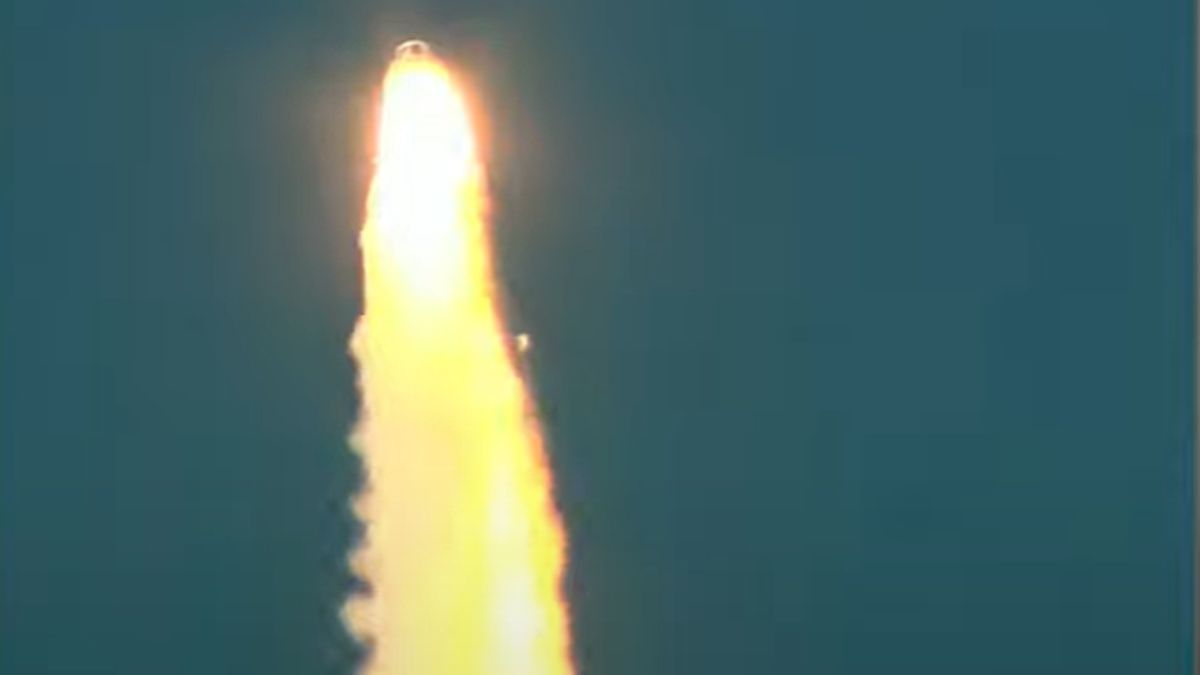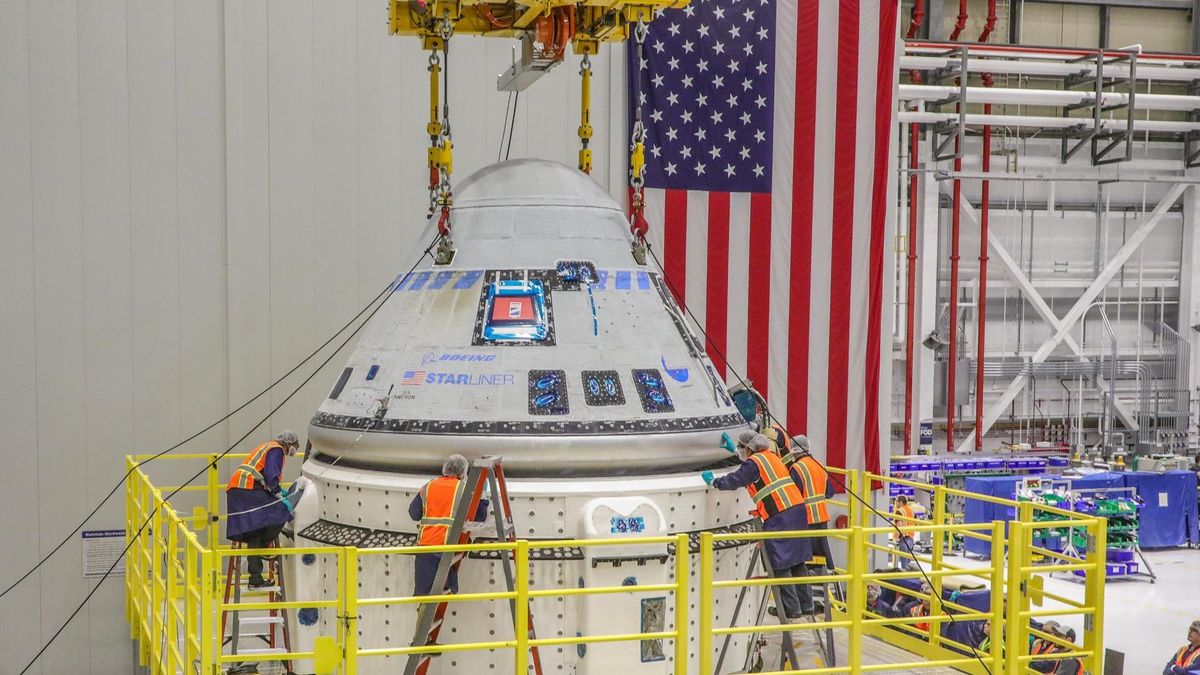Blue Origin has found out what doomed its most up-to-date spaceflight.
That uncrewed mission — often known as NS-23, as a result of it was the twenty third flight of Blue Origin‘s New Shepard suborbital automobile — lifted off from the corporate’s West Texas launch website on Sept. 12, 2022, carrying 36 scientific payloads skyward.
Something went wrong about 65 seconds into the flight, nevertheless, ensuing within the lack of New Shepard‘s reusable first-stage booster. The automobile’s capsule managed to launch itself away from bother and landed safely below parachutes. No one was harm, and no buildings or different property had been broken.
After a six-month investigation, Blue Origin has pinpointed the reason for the anomaly. The nozzle on the booster’s single BE-3PM engine suffered “structural fatigue failure,” which brought on a thrust misalignment that triggered the capsule’s emergency escape system, the corporate introduced on Friday (March 24).
Associated: Failure of Blue Origin’s New Shepard a reminder that spaceflight is still hard
“The structural fatigue was attributable to operational temperatures that exceeded the anticipated and analyzed values of the nozzle materials,” Blue Origin wrote in an replace on Friday.
“Testing of the BE-3PM engine started instantly following the mishap and established that the flight configuration of the nozzle operated at hotter temperatures than earlier design configurations,” the corporate added.
Blue Origin is taking motion to forestall the issue from taking place once more. For instance, the corporate is altering the design of the engine’s combustion chamber and adjusting a few of its working parameters.
These steps “have lowered engine nozzle bulk and hot-streak temperatures,” Friday’s replace states. “Extra design adjustments to the nozzle have improved structural efficiency below thermal and dynamic hundreds.”
Blue Origin plans to fly once more quickly, in accordance with the replace. The return-to-flight mission will loft the science payloads from NS-23, which survived the anomaly and landed softly within the New Shepard capsule.
The New Shepard capsule’s emergency escape system labored as designed in the course of the anomaly, in accordance with the investigation, which Blue Origin performed with oversight from the U.S. Federal Aviation Administration and enter from representatives of the Nationwide Transportation Security Board and NASA’s Flight Alternatives Program and Industrial Crew Workplace.
Six of the 23 New Shepard missions up to now have been crewed, with the latest passenger flight occurring in August 2022. Folks aboard the automobile expertise a couple of minutes of weightlessness and see the curve of Earth towards the blackness of house, although their total expertise is transient; New Shepard missions final simply 10 to 12 minutes from liftoff to capsule landing.
Blue Origin has used totally different New Shepard autos for its uncrewed and space-tourist flights. All six of the latter have flown on a craft known as RSS First Step; the September 2022 analysis mission employed the New Shepard RSS H.G. Wells.
The NS-23 failure was the second in-flight anomaly for New Shepard. The one different one occurred on the automobile’s uncrewed debut mission again in 2015, when the booster crash-landed however the capsule made it to and from suborbital house efficiently.
Mike Wall is the writer of “Out There (opens in new tab)” (Grand Central Publishing, 2018; illustrated by Karl Tate), a e book in regards to the seek for alien life. Observe him on Twitter @michaeldwall (opens in new tab). Observe us on Twitter @Spacedotcom (opens in new tab) or Facebook (opens in new tab).


